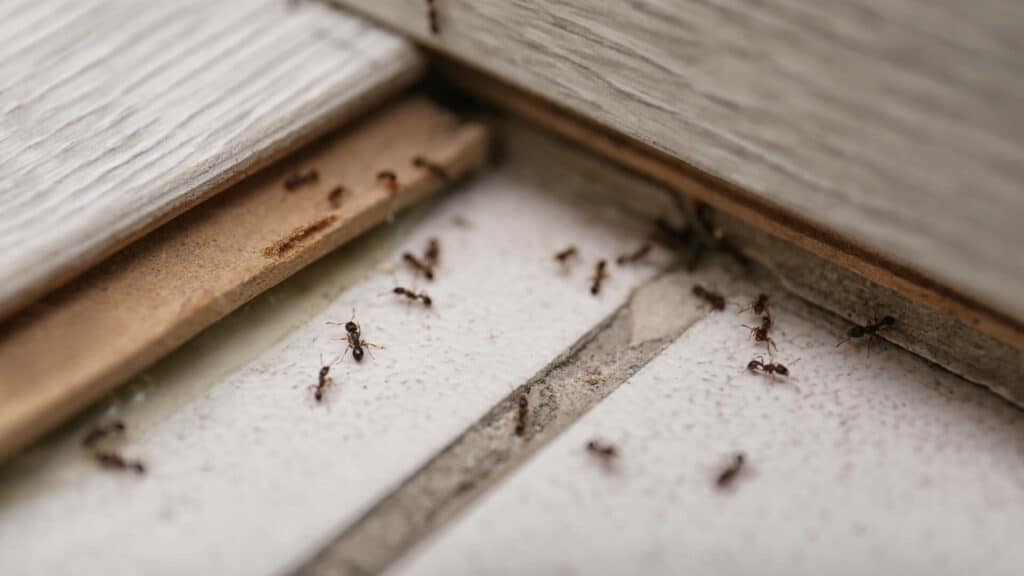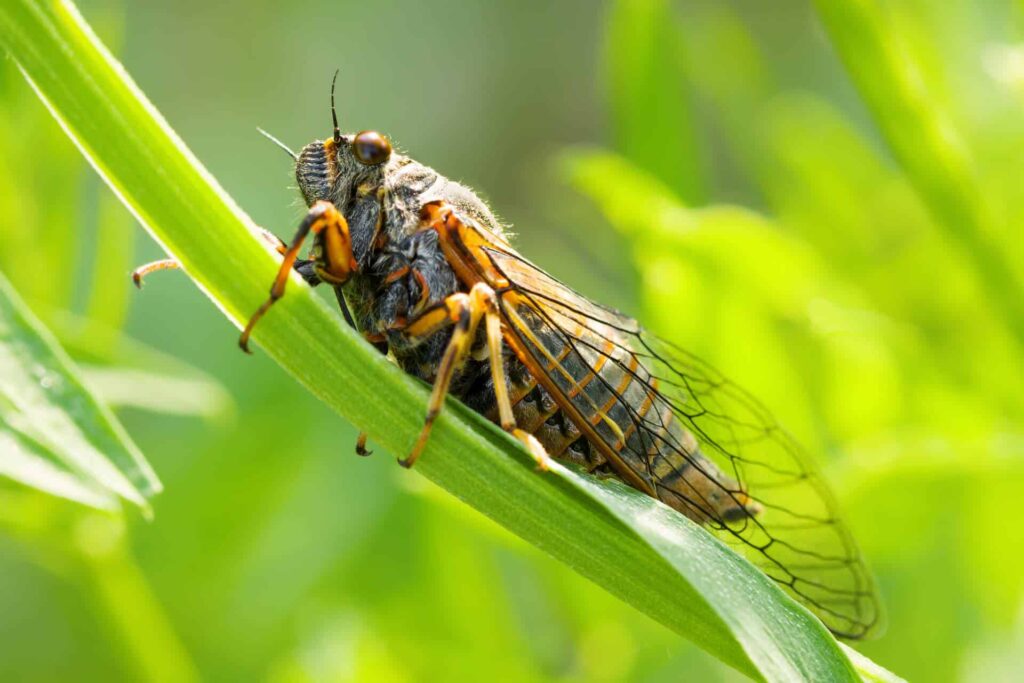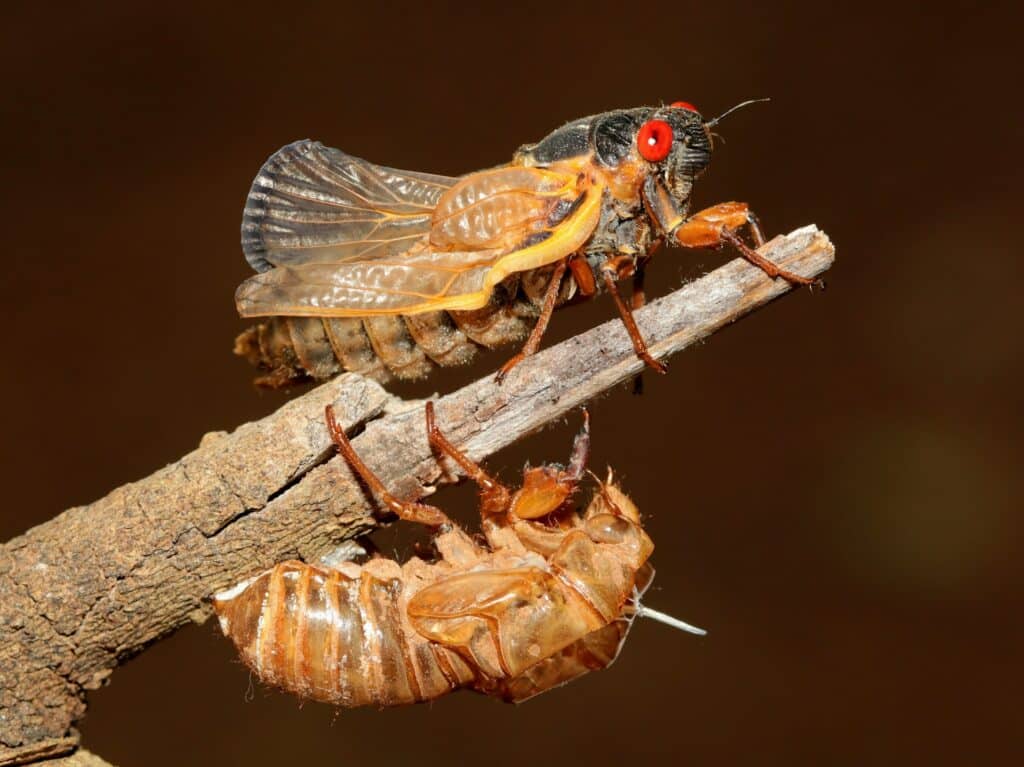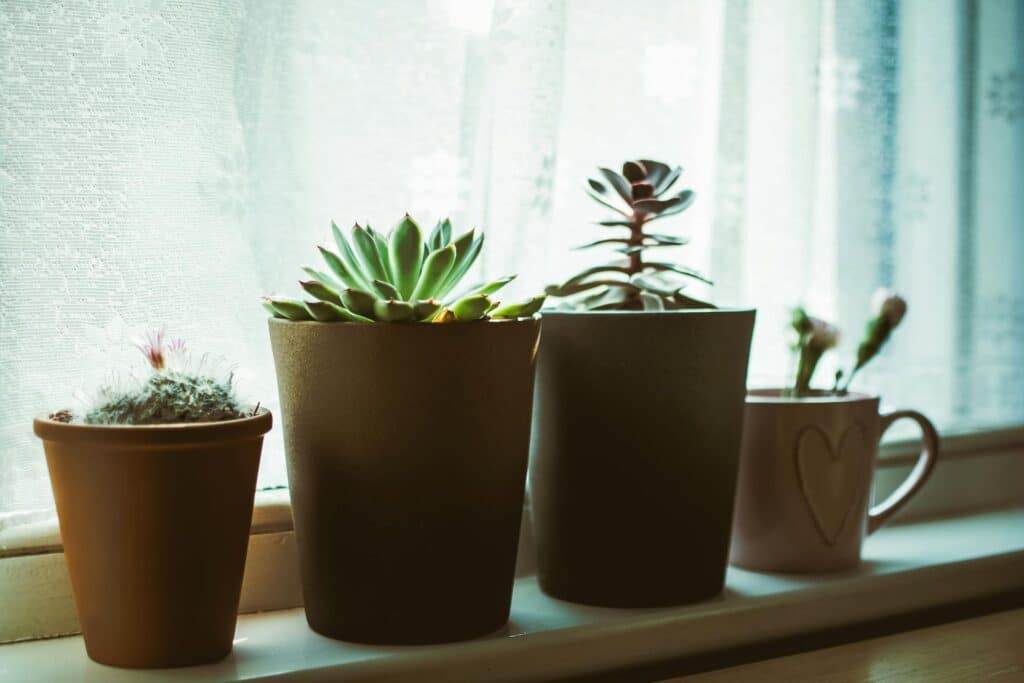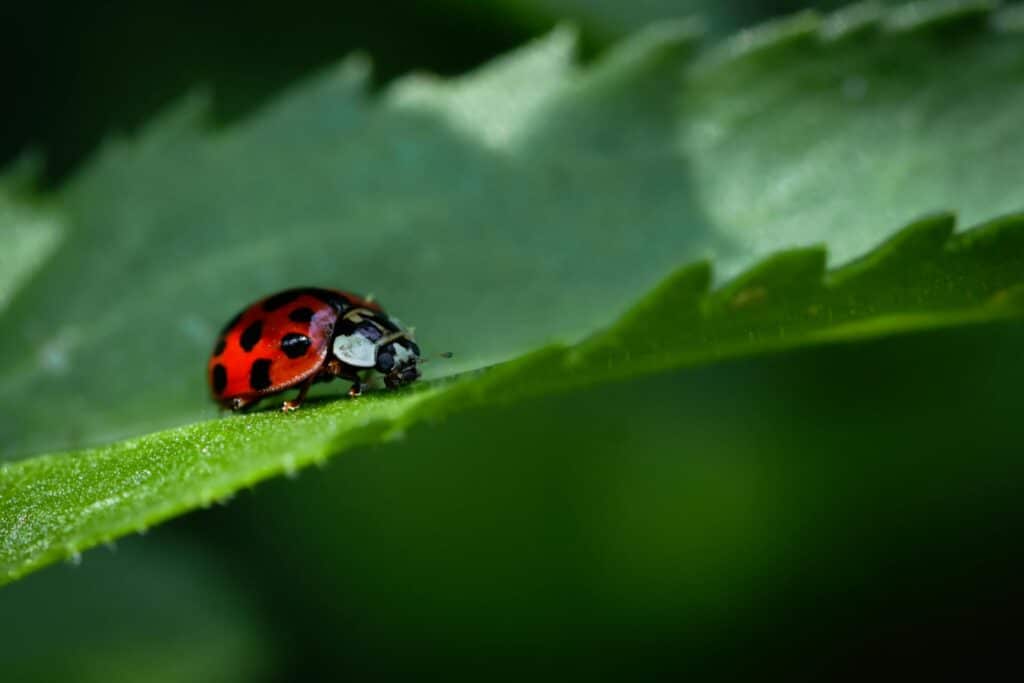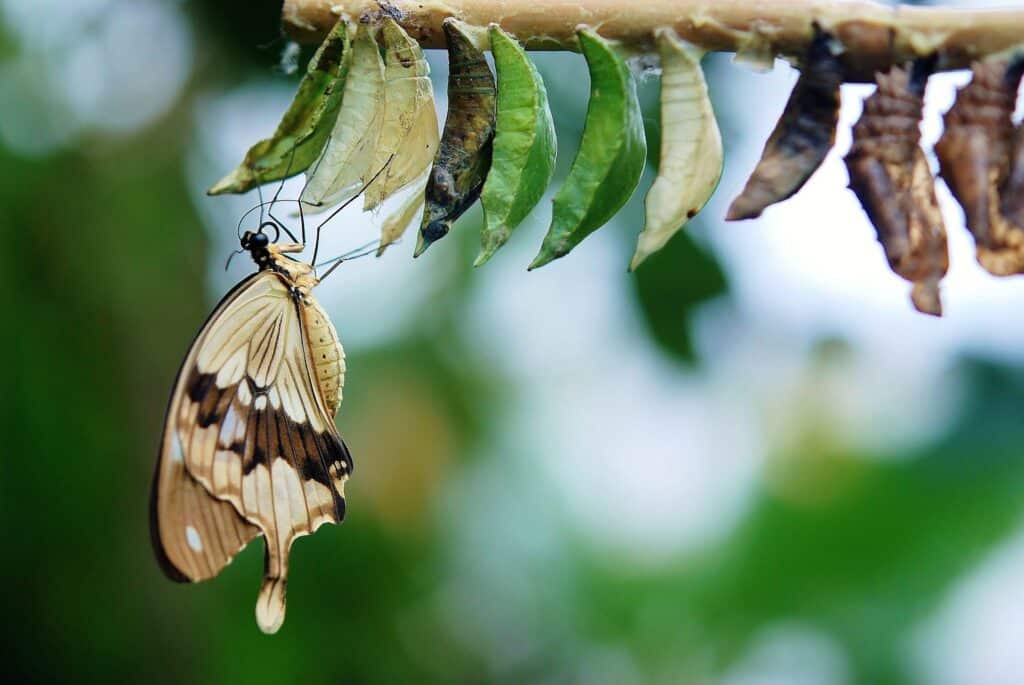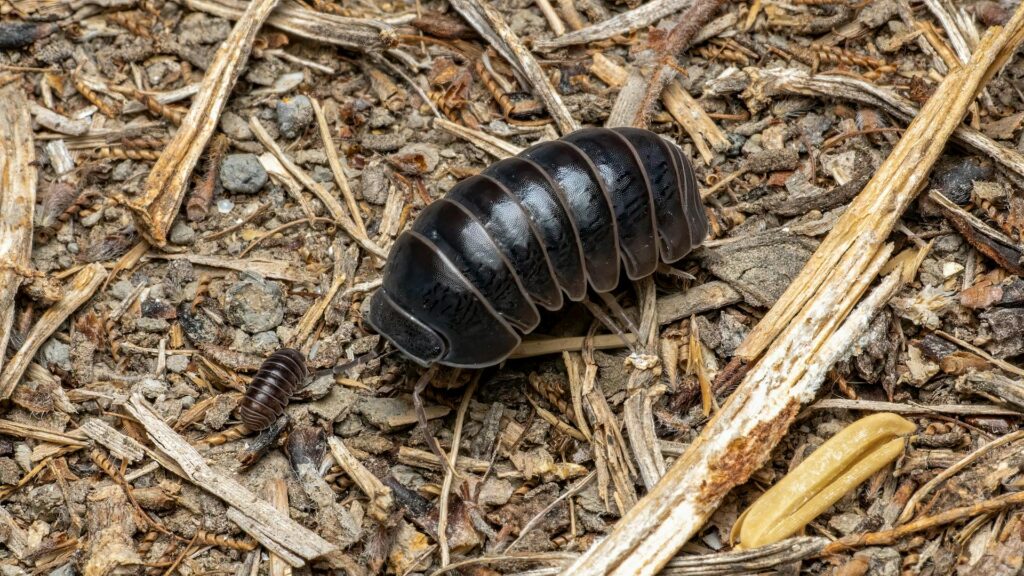Finding tiny brown cockroaches behind your fridge can instantly raise the alarm. These pests may very well be German cockroaches, one of the most common and problematic types of cockroaches found in homes.
Understanding the characteristics of German cockroaches and recognizing the signs of their presence can help you effectively manage the situation. Here’s what you need to know.
Understanding German Cockroaches and Taking Actions
Seeing cockroaches behind the fridge can indeed be worrisome. If you suspect these are German cockroaches, acting quickly to confirm their identity and address the issue is important. German cockroaches are particularly attracted to kitchen environments with abundant warmth, moisture, and food. The space behind your refrigerator offers all three, making it an ideal hiding and breeding spot for these pests.
To tackle the issue, start by identifying the cockroach species. Use a flashlight to inspect the area for signs of activity. Then, thoroughly clean the space by removing any food debris, crumbs, and spilled liquids. Taking these steps will help manage the infestation effectively.
How to Identify German Cockroaches
When identifying a German cockroach, you need to look for specific features, including:
- Size and color: German cockroaches are relatively small, typically about 1/2 to 5/8 inches long. They are light brown to tan, with two dark parallel lines running from the back of the head to the wings.
- Behavior: This species is known for its rapid reproduction and ability to hide in very small crevices. They are mostly active at night, which means seeing one during the day can indicate a large infestation.
- Location: Commonly found in kitchens and bathrooms, they prefer warm, humid areas near food and water.
Why Do Cockroaches Hide Behind the Fridge?
The area behind a refrigerator offers the perfect habitat for German cockroaches due to:
- Warmth: The motor and other mechanical parts of a fridge often emit warmth, which cockroaches find inviting.
- Moisture: Refrigerators can also produce condensation, providing cockroaches with the necessary humidity to survive.
- Food particles: Crumbs and spills that accumulate behind or beneath the fridge offer a feast for cockroaches.
Potential Risks of Cockroaches Behind the Fridge
Having cockroaches behind your fridge isn’t just unsettling—it can also pose several risks:
- Health hazards: Cockroaches can spread bacteria and pathogens by contaminating food surfaces and utensils.
- Allergens: Their droppings, skin sheddings, and decay can aggravate allergies and asthma.
- Damage: Over time, cockroaches can damage your fridge’s electrical wiring and other components.
How to Get Rid of Cockroaches Behind Your Fridge
When you discover cockroaches lurking behind your fridge, take action immediately to prevent the problem from escalating. Here’s how you can tackle the issue effectively:
- Seal entry points: Inspect the area behind your fridge for any gaps or cracks. You can also use caulk or a suitable sealant to close off these entry points and prevent cockroaches from getting inside.
- Set baits and traps: Place cockroach baits and traps around the affected area. This will help reduce the cockroach population and control the infestation.
- Maintain regular cleaning: Clean the area behind your fridge regularly to remove food debris, crumbs, and spills. This will minimize the food sources that attract cockroaches and help keep the infestation under control.
When to Call a Professional
DIY methods can work for minor infestations, but sometimes professional help is necessary. Consider calling a pest control service if:
- Cockroaches keep coming back: If you keep seeing cockroaches despite your efforts, it’s time to bring in the pros.
- Large infestation: Professional treatment is likely needed if you see large cockroaches or their eggs.
- Risk of spreading: Professional pest control for cockroaches can provide a customized solution that prevents the infestation from spreading to other areas of your home.
Reclaim Your Kitchen with Aptive’s Expert Treatment
Facing cockroaches behind your fridge can be daunting, but you don’t have to tackle it alone. Reach out to Aptive today for professional assistance and take back control of your kitchen from these unwelcome intruders.
